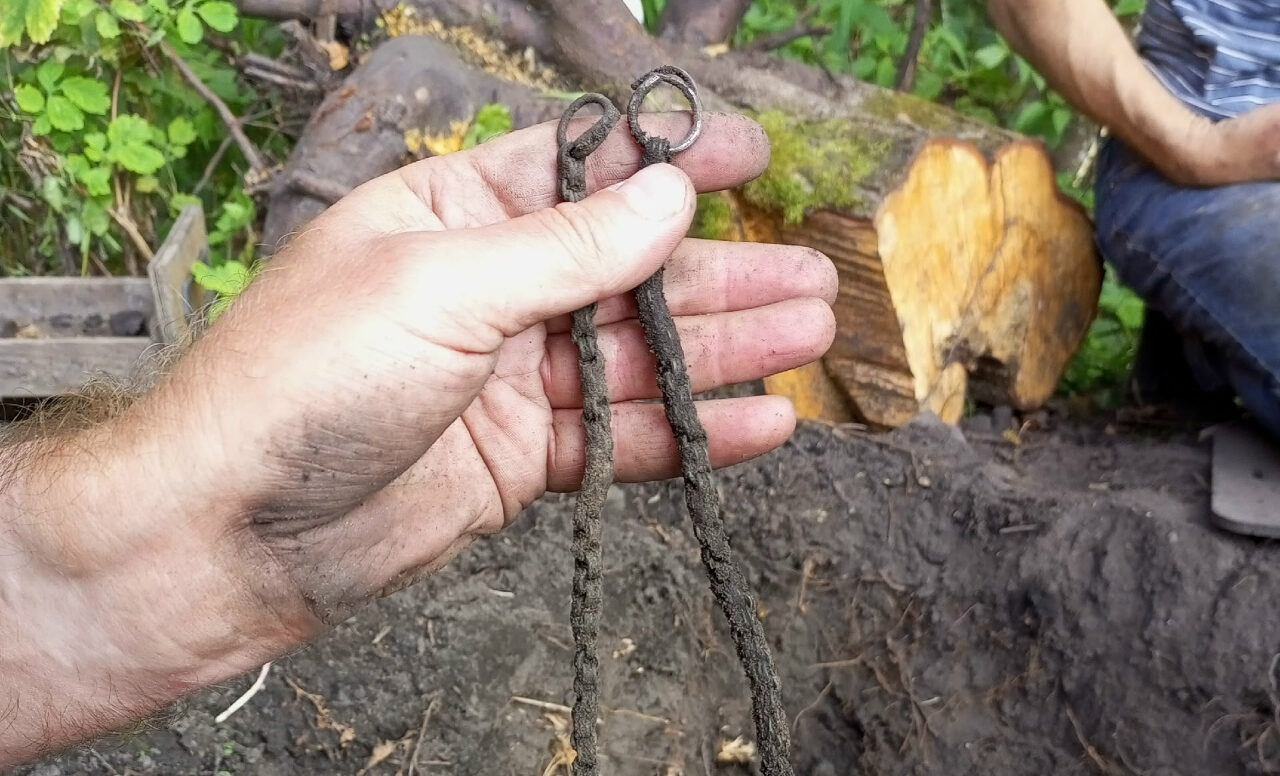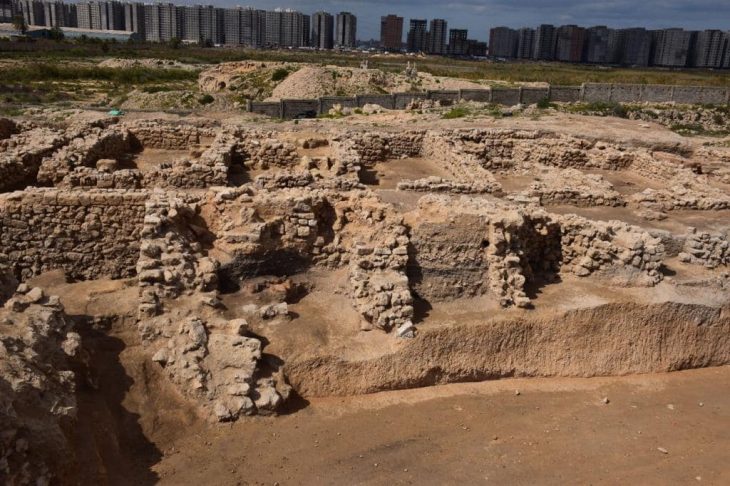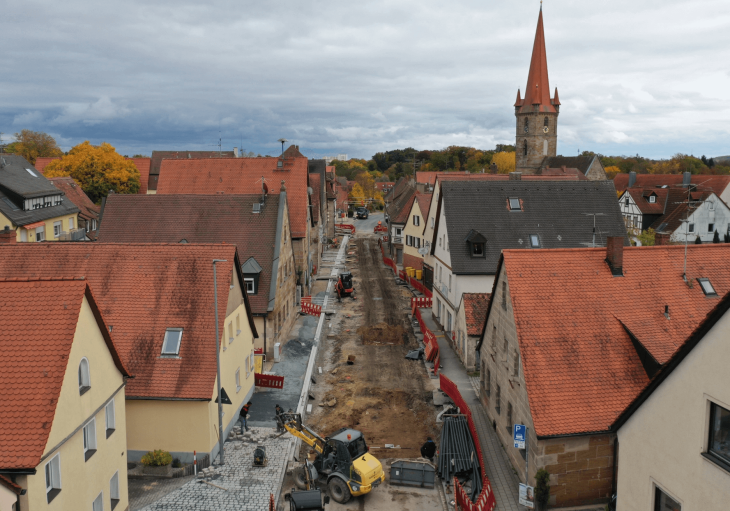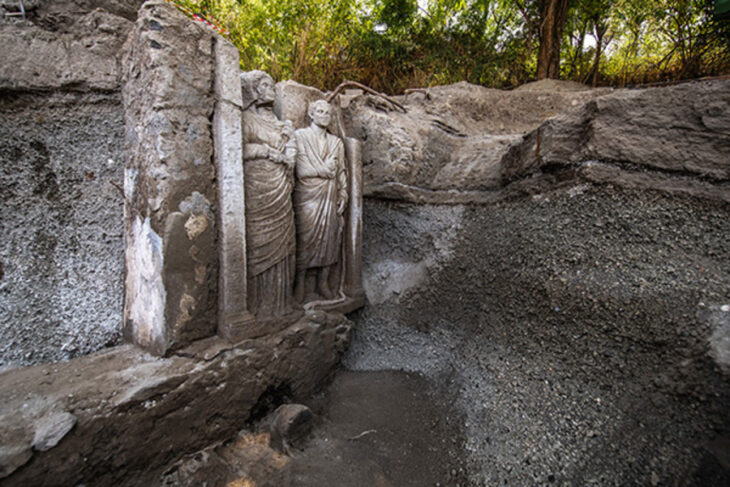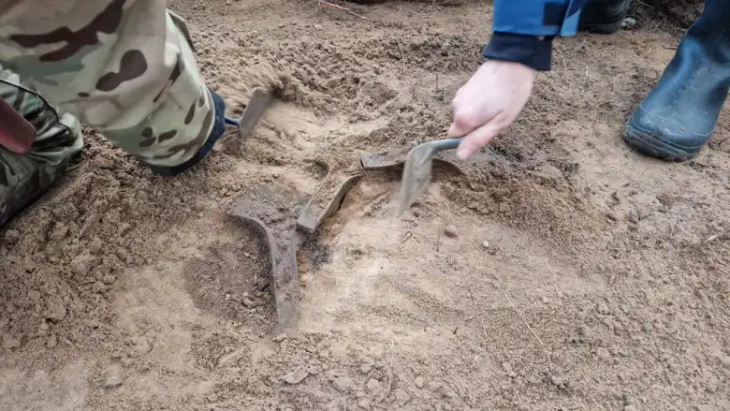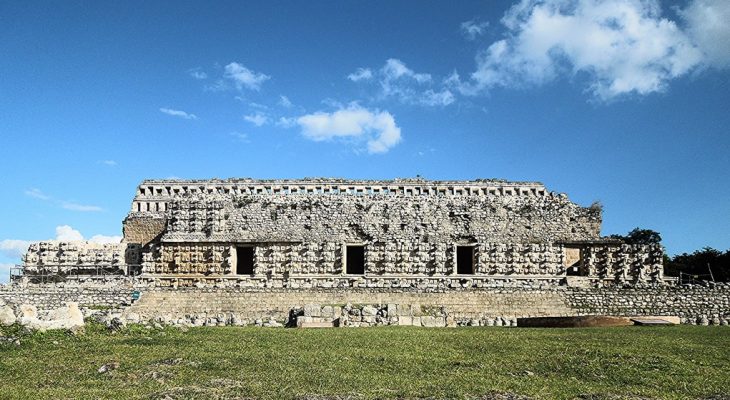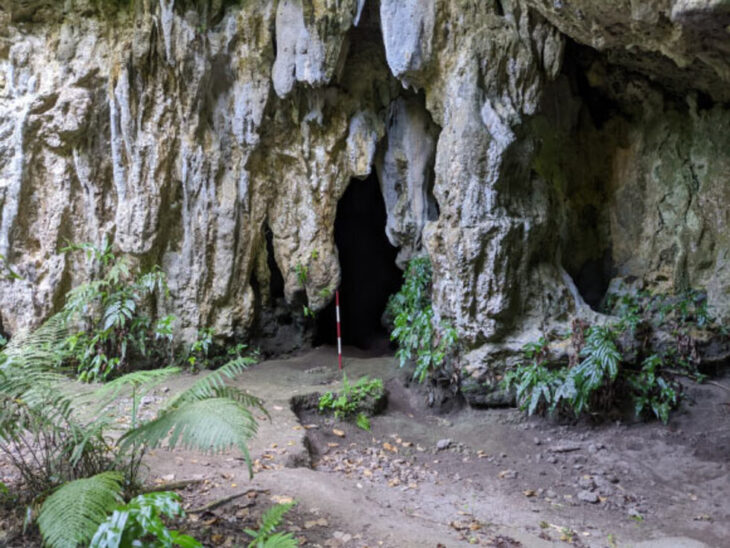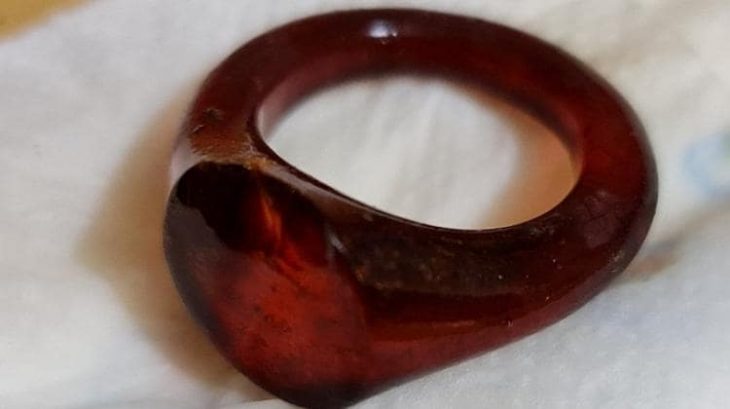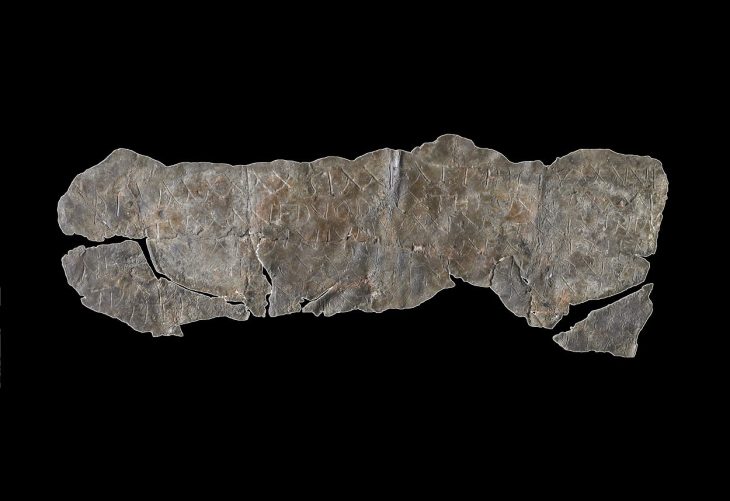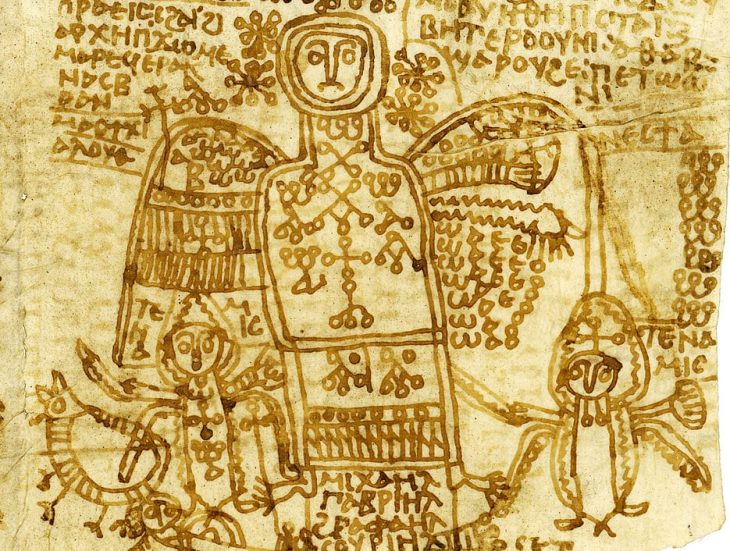Archaeologists have discovered a remarkably well-preserved Scandinavian-style chain during excavations in the southeastern part of the Gorozhane settlement in the Novorzhev District of Russia. The discovery was announced by the community group “Gorozhane Settlement” on the Russian social network VKontakte.
The chain, measuring approximately 60 centimeters in length, features bronze and silver rings at its ends. Experts suggest that the artifact may have been used to fasten equal-armed fibulae, or it could have been attached to a fibula at one end while the other end was used to hang everyday items such as a knife, bone comb, or small tools. This dual-purpose design highlights the practical and decorative functions of personal accessories in early Scandinavian or Northern European cultural traditions.
According to the archaeologists, items like this chain are rarely found in such a state of preservation. “It is extremely rare to find artifacts in the settlement layer in such excellent condition. We feel very lucky!” the Gorozhane community noted in their announcement.
The Gorozhane settlement, located in the Novosokolniki region of the Pskov Oblast in northwestern Russia, has been a site of continued archaeological interest. This year, local archaeologists, together with volunteers, are working on Excavation Site No. 4, the only area in the settlement that was not plowed during the Soviet era. Other excavation areas are being explored at the level of mainland pits, with one site focusing on the 47th archaeological layer.
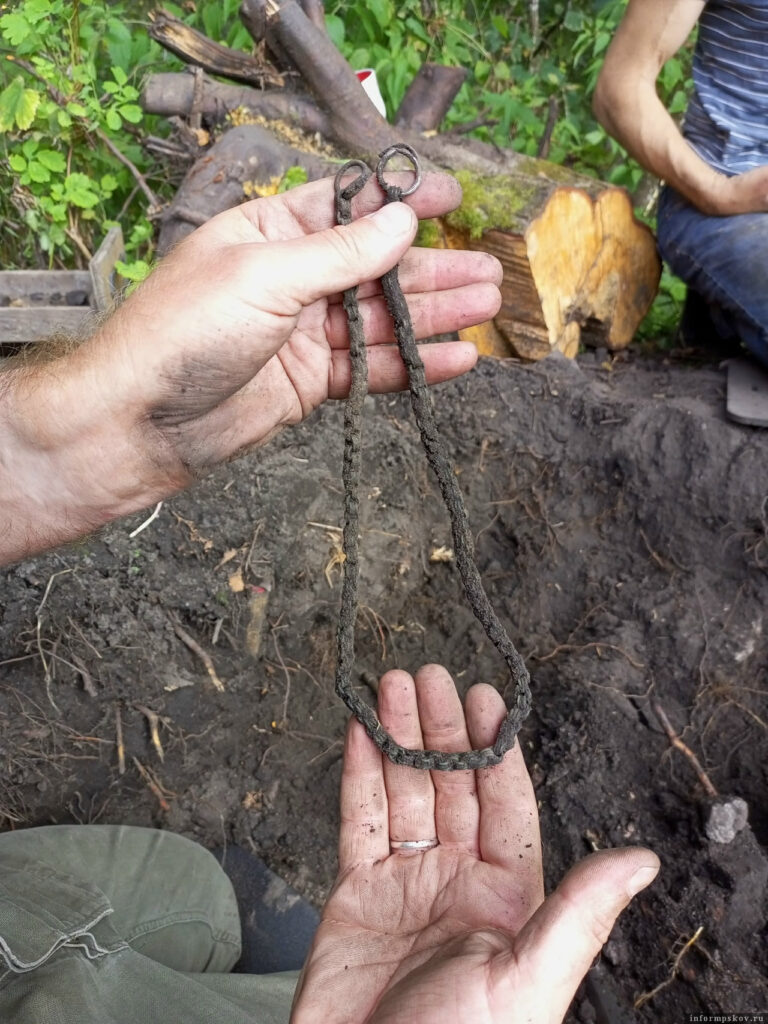
The current excavation season is part of the tenth annual fieldwork by Pskov archaeologists at Gorozhane. The summer field school runs from July 15 to August 15, offering both research and educational opportunities. A highlight of this year’s expedition was the “Historical Laboratory” festival, held in the village of Gorozhane from July 26 to 27, which allowed participants to experience the region’s rich historical and cultural heritage firsthand.
📣 Our WhatsApp channel is now LIVE! Stay up-to-date with the latest news and updates, just click here to follow us on WhatsApp and never miss a thing!!
Archaeologists emphasize that the discovery of such a chain provides valuable insights into the everyday life and material culture of the settlement’s past inhabitants. Its Scandinavian design indicates long-distance cultural connections and suggests that local communities may have engaged in trade or cultural exchanges with Northern Europe. The combination of functional and ornamental features reflects a sophisticated understanding of both aesthetics and utility.
This remarkable find not only enriches the archaeological record of the Novorzhev District but also contributes to the broader understanding of early medieval Northern European influences in the region. As excavations continue, researchers hope to uncover additional artifacts that will shed light on the settlement patterns, trade networks, and daily life of the Gorozhane community.

The Gorozhane settlement, situated near the Pskov-Leningrad border, lies within a historically rich landscape that has attracted archaeologists for decades. The settlement’s location, along ancient routes connecting the Baltic Sea with inland Russia, may explain the presence of artifacts with Scandinavian cultural traits. The discovery of the chain underscores the importance of careful excavation and preservation efforts, as even small personal items can reveal significant historical and cultural narratives.
Cover Image Credit: VKontakte

